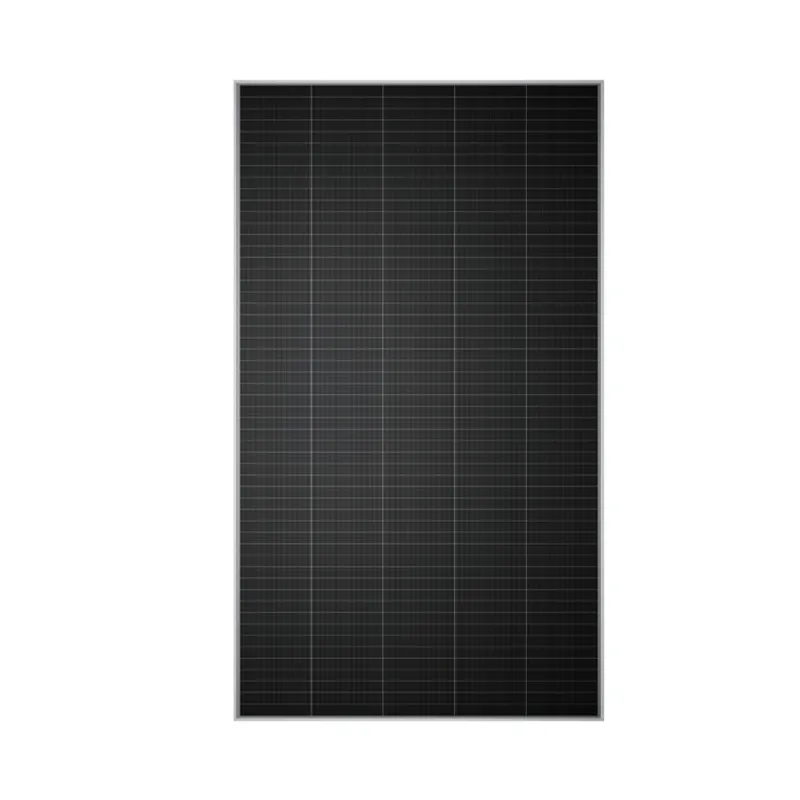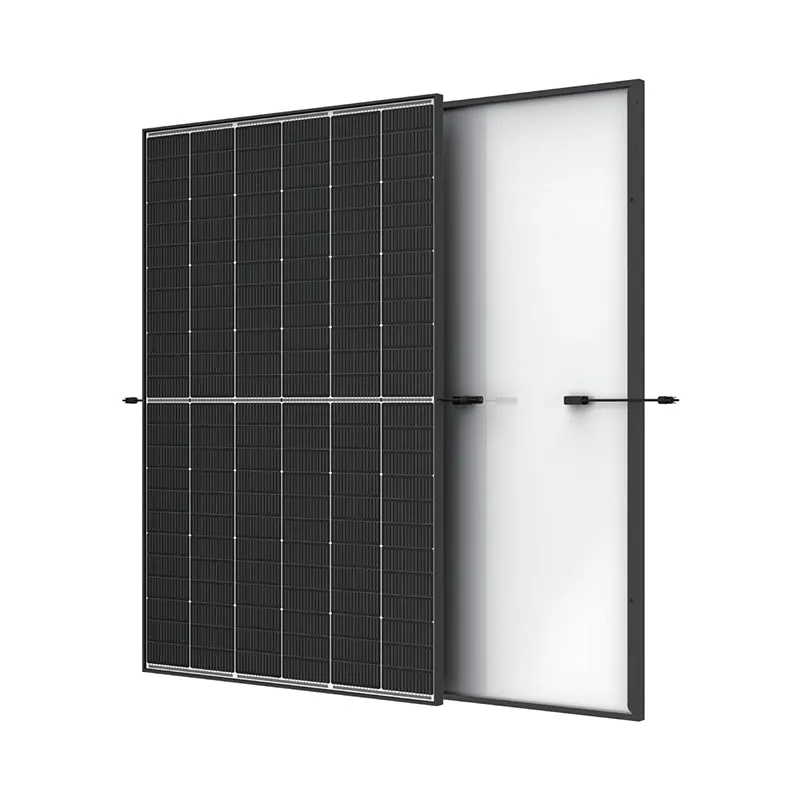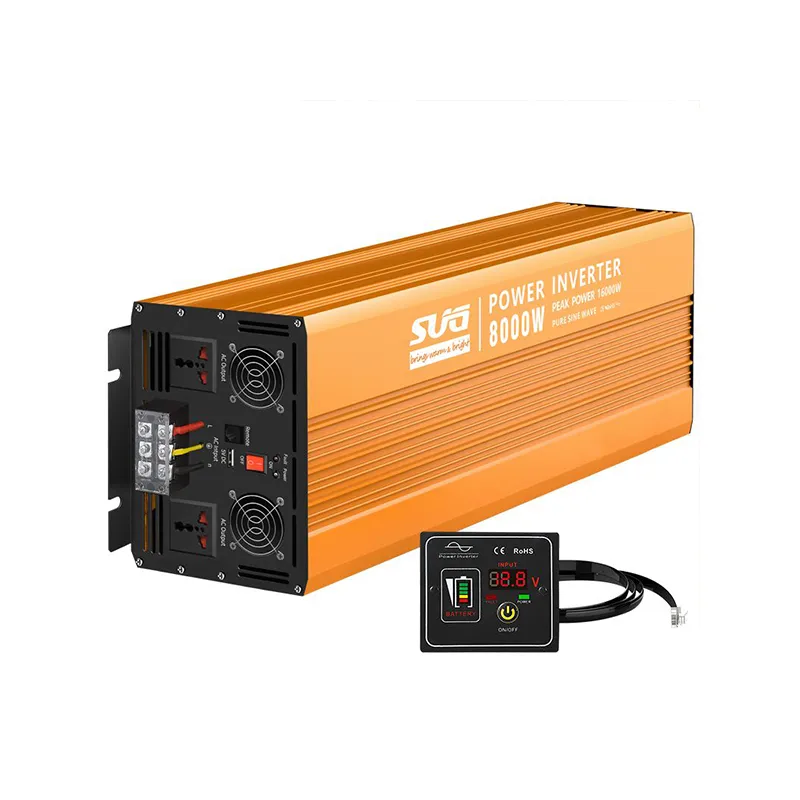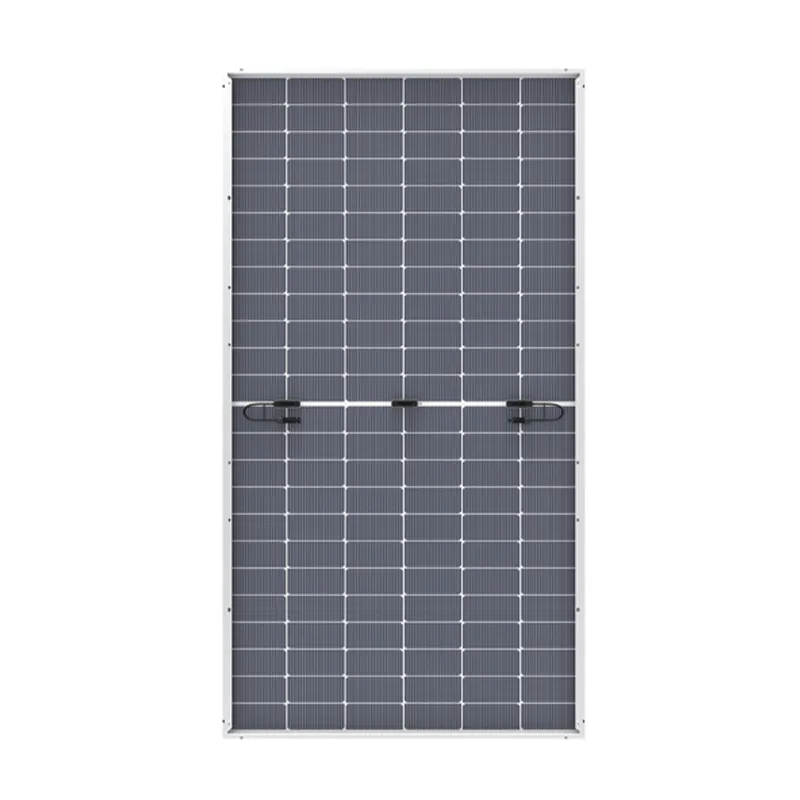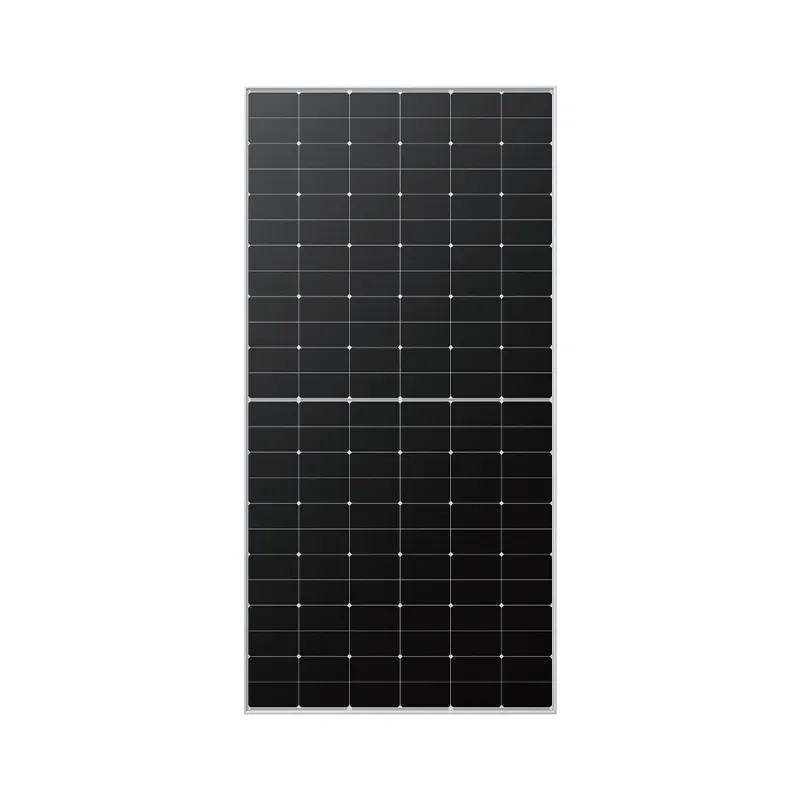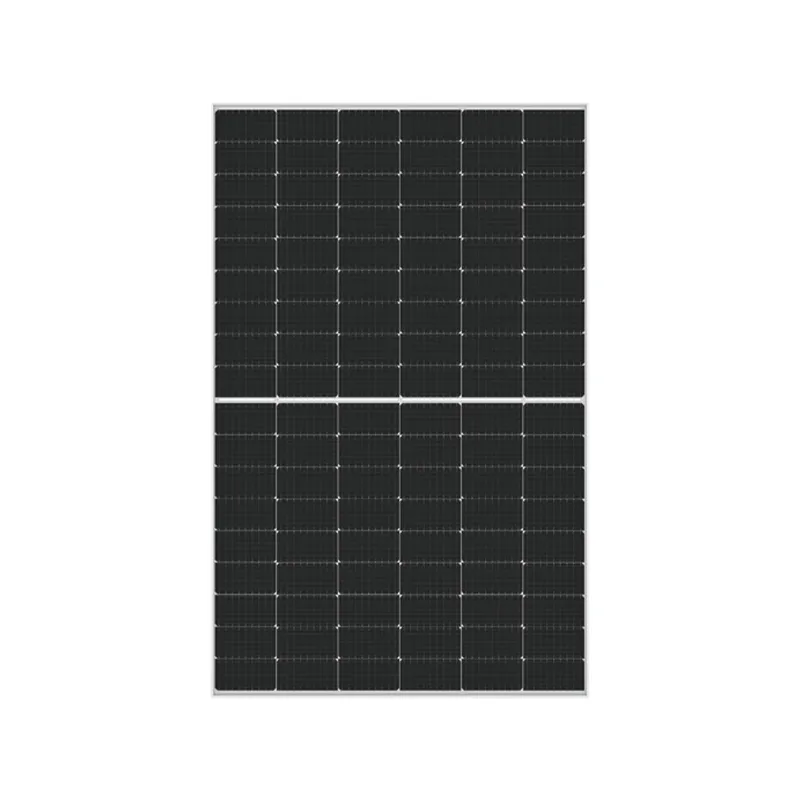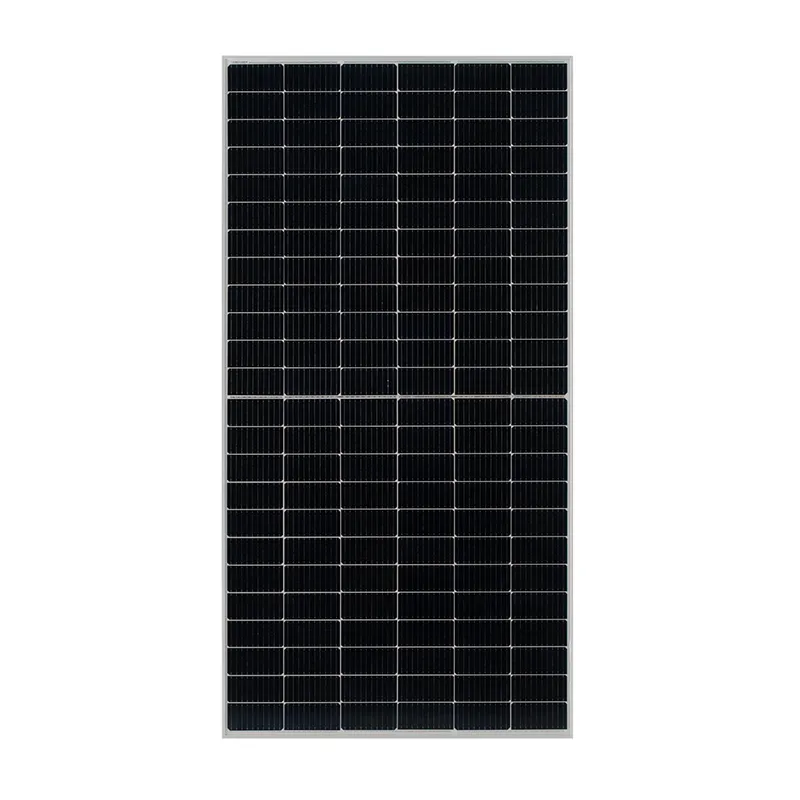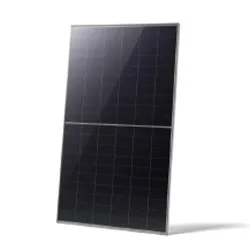Revolutionizing Rooftop Energy with the Power of the Micro Solar Inverter
As the solar energy market surges forward, the demand for precision, efficiency, and reliability has never been greater. The micro solar inverter has emerged as a pivotal innovation—providing homeowners and businesses with smarter control, safer operation, and maximum power output from their rooftop solar systems. By converting energy at the panel level and offering unmatched safety, monitoring, and performance advantages, the microinverter is not just a product—it’s a game-changer in solar technology.
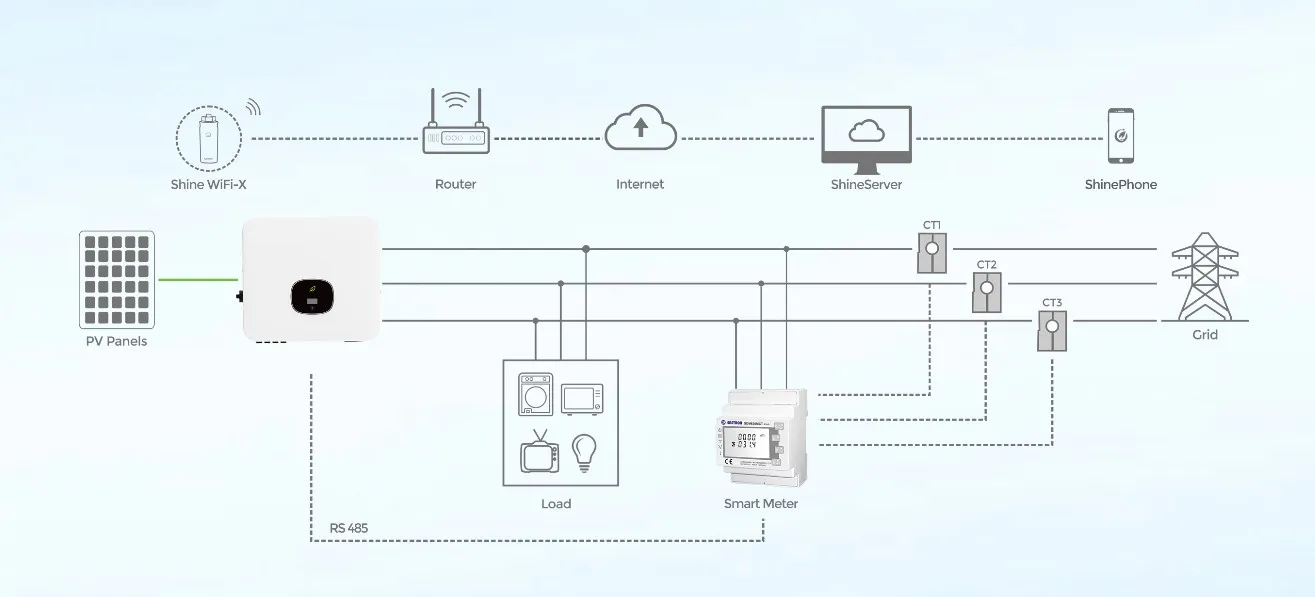
Safety Benefits That Set the Micro Solar Inverter Apart
When it comes to home energy systems, safety is non-negotiable. Traditional string inverters operate by collecting power from multiple panels and converting it at a central location, which involves high-voltage DC electricity coursing across the roof. In contrast, a micro solar inverter operates at the panel level, converting DC to AC immediately. This design minimizes high-voltage wiring and significantly reduces the risk of arc faults and electrical fires.
Each microinverter is sealed and built to withstand extreme weather conditions, ensuring consistent operation and protecting your system from damage due to rain, snow, or heat. The decentralization of conversion also means that a failure in one unit won’t compromise the rest of the system. Rapid shutdown capabilities, now a requirement in many solar installations, are inherently integrated into microinverter systems, offering yet another layer of critical safety assurance.
For homeowners, this translates into greater peace of mind—not only is the system more secure, but it also meets the strictest compliance codes without added complexity.
Micro-onduleur solaire:Flexible Wiring and Simple Installation with a Microinverter
Installing a micro solar inverter system is dramatically different—and easier—than working with string inverters. Instead of needing complex series wiring and voltage balancing across an array, each microinverter is installed directly behind its corresponding solar panel. This modular wiring approach simplifies the process for installers and offers unmatched flexibility in design.
Homes with irregular rooftops, chimneys, or various sun exposures benefit especially. With a microinverter, panels can face different directions or be installed at different angles without performance penalties. This opens up solar accessibility to more buildings that were previously unsuitable for traditional configurations.
Additionally, expanding the system in the future is as simple as adding more panels, each with its own microinverter. There's no need to overhaul the existing system or worry about imbalance in electrical loads—everything remains optimally configured, regardless of system size or layout.
This ease of installation contributes to a lower total cost of ownership, despite the initial micro solar inverter price appearing higher on paper. In the long run, the savings in labor and maintenance more than offset the up-front investment.
Micro-onduleur solaire:Shadow Management and Peak Efficiency in All Conditions
One of the most common issues with rooftop solar systems is shading. A single shadow from a tree, neighboring building, or debris on one panel in a string system can cause significant power drops across the entire array. The microinverter eliminates this problem with its independent operation model.
Each micro solar inverter allows its panel to operate autonomously. If one panel experiences shading or soiling, the rest of the system continues to produce at full capacity. This granular control ensures that your energy production is always optimized, regardless of external variables.
This feature is particularly important in urban environments, where roof orientation and obstructions are common. Whether sunlight hits part of your system in the morning and another part in the afternoon, your overall yield remains high.
This panel-level optimization not only increases annual energy harvest but also improves return on investment, especially for homeowners who want to make every inch of their roof count.
What Determines the Micro Solar Inverter Price?
There’s often a misconception that the micro solar inverter price is a drawback. However, what might appear to be a higher initial cost quickly proves to be a long-term benefit. The price is influenced by the technology’s individual monitoring capabilities, rugged construction, and embedded safety features.
When you consider the higher energy yields, reduced installation labor, and minimal system-wide failure risks, the micro solar inverter price becomes far more justifiable. Over time, the enhanced performance and lower maintenance requirements offset any premium in the initial hardware cost.
Another factor to consider is system visibility. Most microinverter solutions come with real-time monitoring software that allows users to view performance data down to each panel. This makes identifying issues, optimizing energy use, and maintaining the system far easier and less expensive.
Combined with scalability, this makes the microinverter a financially and technologically superior choice for residential and small commercial systems.
Micro Solar Inverter FAQs
How does a micro solar inverter improve rooftop solar system safety?
A micro solar inverter eliminates high-voltage DC wiring by converting electricity to AC at each panel. This design significantly lowers fire and shock risks, making rooftop systems safer for homes.
What is the wiring process like for a microinverter system?
Each microinverter connects individually to its solar panel and the AC grid, simplifying the wiring process. There's no need for complex stringing or voltage balancing across multiple panels.
Can a microinverter handle partial shading issues?
Yes. Each microinverter operates independently, so if one panel is shaded, the others continue to perform at full capacity. This prevents one shaded panel from dragging down the whole system.
Why is the micro solar inverter price higher than traditional inverters?
Le micro solar inverter price reflects advanced safety features, individual panel monitoring, and enhanced durability. These features lead to higher energy yields and lower maintenance costs over time.
Is a microinverter system suitable for future upgrades?
Absolutely. Because each microinverter operates independently, you can add panels anytime without reconfiguring your system. This makes future expansion simple and cost-effective.
-
String Solar Inverter: The High-Efficiency Solution for Smart Solar EnergyNouvellesJul.14,2025
-
Power Independence with Smart Off Grid Solar Inverter SolutionsNouvellesJul.14,2025
-
On Grid Solar Inverter: Powering the Future with Smart Grid IntegrationNouvellesJul.14,2025
-
Monocrystalline Solar Panels: High-Efficiency Power for the Future of Clean EnergyNouvellesJul.14,2025
-
Bifacial Solar Panel: A Smarter Investment for Next-Generation Energy SystemsNouvellesJul.14,2025
